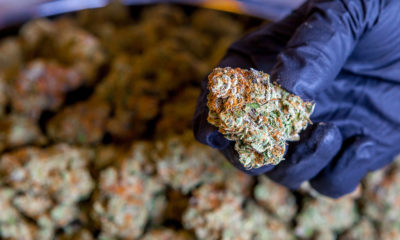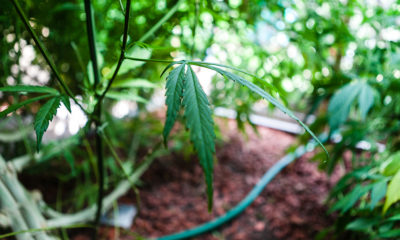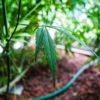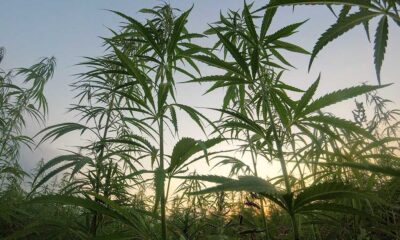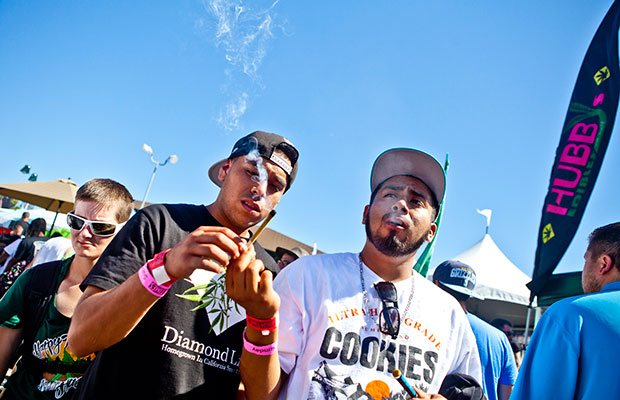
Politics
Study: Teen Marijuana Use Down Nationwide
Since Washington and Colorado legalized adult use marijuana in 2012, scientists and officials across the nation have been looking for data on how this “social experiment” is faring. Study after study on the social effects of marijuana legalization have been released in recent months — everything from studies on legalization causing weed price drops to legalization reducing the amount of necessary police officers to adult-use marijuana not causing an increase in crime, and many more.
Now, researchers have found that, despite the recent trend of marijuana-friendly policies, teen use of marijuana is down and teen disapproval of marijuana is up across the nation since 2002. In a study published on July 9 in the American Journal of Drug and Alcohol Abuse, researchers from universities around the country found that 25 percent less of younger teenagers (ages 12 to 14) reported using cannabis between 2002 and 2013. Only 6 percent said they had tried the drug in 2002, compared to 4.5 percent in 2013.
“Our results may suggest that recent changes in public policy, including the decriminalization, medicalization and legalization of marijuana in cities and states across the country, have not resulted in more use or greater approval of marijuana use among younger adolescents,” said Christopher Salas-Wright, the lead researcher from University of Texas in Austin, in a press release.
The results of this study fall in line with a study released last month that found medical marijuana legalization did not cause any increase in teen use in states where such laws had been passed. In fact, many states such as Colorado reported decreases, as the medical marijuana market, with its age limits and carding system, diminished the reach of the black market.
The newest study also found that marijuana use among older teenagers (ages 15 to 17) declined, from 26 percent in 2002 to 22 percent in 2013. The older teenagers had no shift in the proportion of those who believed using marijuana was bad, the study found, while younger adolescents disapproved of marijuana more in 2013 than 2002, up to 79 percent from 74 percent.
The study’s co-author Michael Vaughn said that the report’s findings illustrate that there isn’t necessarily a correlation between approval of marijuana and its use — especially given that the study found young adults (ages 18 to 25) had a sharp decrease in marijuana disapproval and only a small increase in marijuana use.
“Recent policy changes and increasing exposure to marijuana as perhaps normative or no longer immoral may be influencing how young adults feel about others using marijuana, but not necessarily impacting their own use,” Vaughn said.
However, researchers asserted that their findings were highly general, focusing on overall trends in America instead of local shifts that could be more directly influenced by specific marijuana policies.
The Centers for Disease Control and Prevention’s biannual survey of high school students offers a glimpse into those local markets, but the results are not always clear. For example, the survey showed more high school students in Seattle were “currently using” marijuana — up to 22.9 percent in 2013 from 20.8 percent in 2011. But retail sales in Washington did not begin until 2014, so the cause of the increase in the data is unclear. Additionally, the survey did not gather data for the whole state of Washington or Colorado, the two states that legalized marijuana in 2012.
The CDC’s 2013 survey report notes that it did not identify a linear trend in teen marijuana use, but did identify that teen use peaked in 1997 and has been generally decreasing since then, along with alcohol and cigarette use.
Studies using information from the first year of legal sales in Colorado and Washington should be available next year in time for the 2016 elections.
Are academic studies reliable? Tell us your thoughts.





